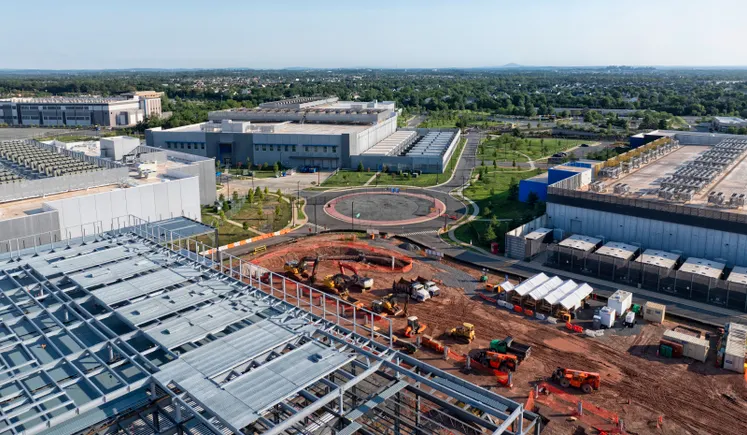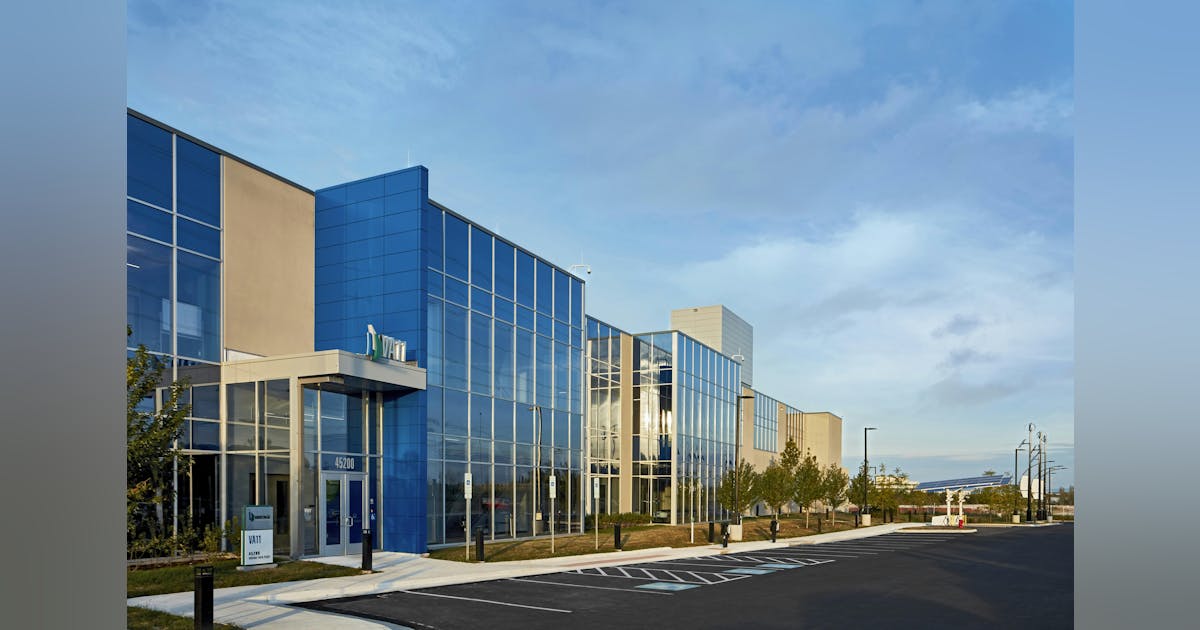
Jeff Jakubiak is a partner at Vinson & Elkins and practices in the firm’s energy regulation group.
The electric utility sector has long been shaped by the steady hand of regulation. For decades, utility commissions have balanced the needs of reliability, affordability and fairness against the realities of capital investment and technological change. But today, we stand at a critical inflection point. A new class of energy consumers — data centers — has emerged not just as a high-demand load, but as a catalyst for broader economic growth.
Yet, the mindset of many regulatory commissions remains anchored in the past, viewing their role as one of limiting costs rather than proactively enabling investment. That mindset needs to change. Commissions should think of themselves not only as regulators but as economic developers, fostering an environment in which the power system propels business investments that strengthen communities and drive innovation. In doing so, commissions should permit utilities to recover costs of grid investments that promote economic development, not merely investments undertaken in response to specific requests for electric service.
The data center demand surge
In every corner of the country, data centers are reshaping energy demand. Artificial intelligence, cloud computing and the digital economy have converged to create an unprecedented need for power-hungry facilities. New projects routinely propose loads exceeding 50, 100 or even 300 MW. This is not a temporary surge — it is a long-term structural shift in electricity demand.
The scale of this growth is striking. Global data center power capacity is projected to more than triple — from 81 GW in 2024 to 277 GW by 2035, according to BloombergNEF.
For states and regions competing for economic development, data centers offer more than just power loads. They bring high-value jobs, local tax revenues, and the multiplier effect of attracting related businesses. In many ways, a new data center today plays a role similar to what steel mills and manufacturing plants once did — anchoring regional economies and signaling innovation.
One need only look at the economic growth in Loudon County, Virginia, the heart of what is called “data center alley,” to see what the “tech economy” can do. According to the county’s website, data centers now account for nearly half of all property tax revenues, generating $16 billion in new value in 2024 alone, for a total of $41 billion, and supporting over 12,000 local jobs. Their presence has enabled the county to lower its real property tax rate from $1.285 to $0.805 since 2008, while also funding expanded public services, the county says. This has resulted in $26 in tax revenue generated for every $1 in services provided.
The question is not whether data centers will be built; the question is how they will be built. The question is where. And the answer can be driven by how utility commissions frame their role.
The regulatory bottleneck
Traditionally, utility commissions determine the amount of cost recovery a utility may earn for grid investments. This structure, born of a different era, was designed to prevent overbuilding and protect consumers from unnecessary costs. That remains an important function. But when applied rigidly, it risks stifling forward-looking investments that are essential to capturing economic opportunities.
If commissions restrict recovery, utilities hesitate to build. If utilities hesitate to build, data centers look elsewhere. The result: missed opportunities for states, regions and consumers who could otherwise benefit from growth.
We should recognize this dynamic for what it is: regulatory decisions are not just about fairness in rate design. They are also choices about economic competitiveness.
This is why I maintain that commissions must broaden their perspective. They should view themselves as partners in economic development. Just as states provide tax incentives, workforce programs and infrastructure funding to attract new businesses, commissions should embrace a role that fosters grid investment as a platform for growth.
That means recognizing that grid strength is not just a consumer protection; it is an economic development strategy. Power is the currency of the modern economy and regions that can deliver it reliably and affordably will win the competition for jobs and investment.
It also means treating innovation as a necessity, not a luxury. Advanced grid technologies, distributed energy resources and flexible transmission planning must be part of the regulatory toolkit. Commissions should create pathways for utilities to test, scale and recover costs for forward-looking solutions that meet new demands.
Commissions have traditionally permitted utility cost recovery only for necessary investments undertaken in direct response to identified and specific load growth. This approach has been successful in preventing grid overbuilding. But it does little to attract load growth. And it is impractical now, as data centers require energy within 18 months of identifying a site for a new facility.
Utilities by and large cannot build generation or transmission on this timeline, particularly not when the grid is as stressed and constrained as it is presently. Utilities can proactively expand their grid to accommodate this load growth, but only if they have financial security that ensures they will recover the costs. That is the domain of commissions, which can guarantee cost recovery for proactive, controlled and reasonable grid build-out.
A call for forward-thinking regulation
This shift does not mean abandoning consumer protection or ignoring affordability. It means balancing those values with the recognition that underinvestment has its own costs. When data centers choose to locate in other regions, local economies lose tax revenue, states lose influence and consumers lose the broader benefits of economic growth.
Forward-thinking regulation requires a change in mindset. Instead of asking, “What is the minimum cost recovery we can allow?” commissions should ask, “What investments will secure our economic future while protecting consumers?”
The answer will not always be simple. It will require collaboration between utilities, regulators and economic development agencies. It will require transparency, careful planning and engagement with communities. But the alternative — clinging to a narrow view of regulation — risks leaving states behind in the global race for digital infrastructure.
At its core, this is a question of perspective. Regulators need not be just referees in disputes between utilities and consumers. They can also be stewards of a critical enabler of economic growth: the electric grid.
If commissions embrace that role, they can help position their states as leaders in the digital economy. They can ensure that reliability, innovation, and affordability work together to attract investment. They can transform data centers from a regulatory challenge into an economic engine.
The grid has always powered our homes and businesses. It now has the potential to power prosperity on a scale that rivals past industrial revolutions. But only if regulators think beyond the rulebook and embrace their role as economic developers.





















